Shaunak Srivastava
Generative Visual Prompt: Unifying Distributional Control of Pre-Trained Generative Models
Sep 14, 2022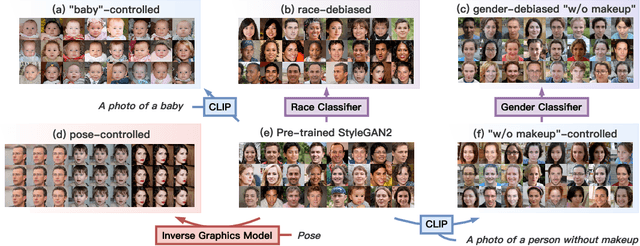



Abstract:Generative models (e.g., GANs and diffusion models) learn the underlying data distribution in an unsupervised manner. However, many applications of interest require sampling from a specific region of the generative model's output space or evenly over a range of characteristics. To allow efficient sampling in these scenarios, we propose Generative Visual Prompt (PromptGen), a framework for distributional control over pre-trained generative models by incorporating knowledge of arbitrary off-the-shelf models. PromptGen defines control as an energy-based model (EBM) and samples images in a feed-forward manner by approximating the EBM with invertible neural networks, avoiding optimization at inference. We demonstrate how PromptGen can control several generative models (e.g., StyleGAN2, StyleNeRF, diffusion autoencoder, and NVAE) using various off-the-shelf models: (1) with the CLIP model, PromptGen can sample images guided by text, (2) with image classifiers, PromptGen can de-bias generative models across a set of attributes, and (3) with inverse graphics models, PromptGen can sample images of the same identity in different poses. (4) Finally, PromptGen reveals that the CLIP model shows "reporting bias" when used as control, and PromptGen can further de-bias this controlled distribution in an iterative manner. Our code is available at https://github.com/ChenWu98/Generative-Visual-Prompt.
Controllable 3D Generative Adversarial Face Model via Disentangling Shape and Appearance
Aug 30, 2022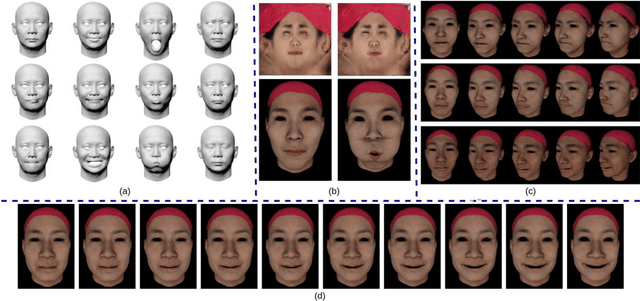
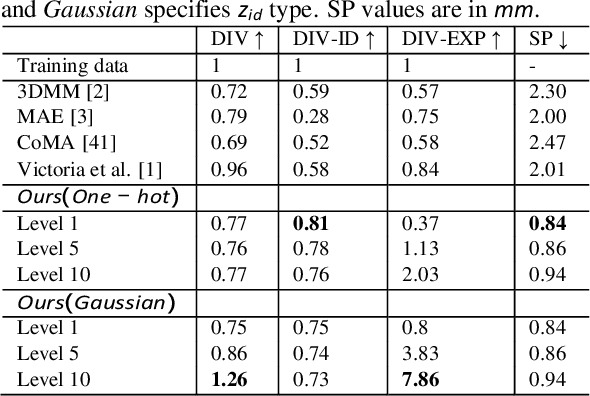
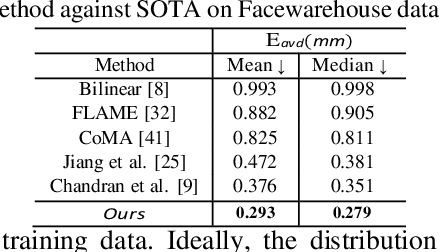
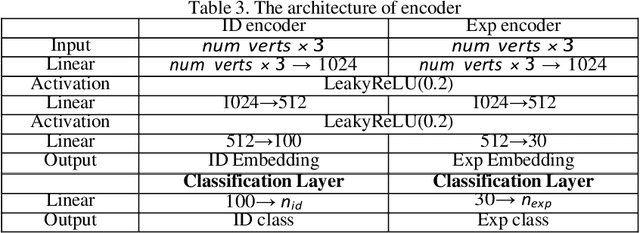
Abstract:3D face modeling has been an active area of research in computer vision and computer graphics, fueling applications ranging from facial expression transfer in virtual avatars to synthetic data generation. Existing 3D deep learning generative models (e.g., VAE, GANs) allow generating compact face representations (both shape and texture) that can model non-linearities in the shape and appearance space (e.g., scatter effects, specularities, etc.). However, they lack the capability to control the generation of subtle expressions. This paper proposes a new 3D face generative model that can decouple identity and expression and provides granular control over expressions. In particular, we propose using a pair of supervised auto-encoder and generative adversarial networks to produce high-quality 3D faces, both in terms of appearance and shape. Experimental results in the generation of 3D faces learned with holistic expression labels, or Action Unit labels, show how we can decouple identity and expression; gaining fine-control over expressions while preserving identity.
 Add to Chrome
Add to Chrome Add to Firefox
Add to Firefox Add to Edge
Add to Edge